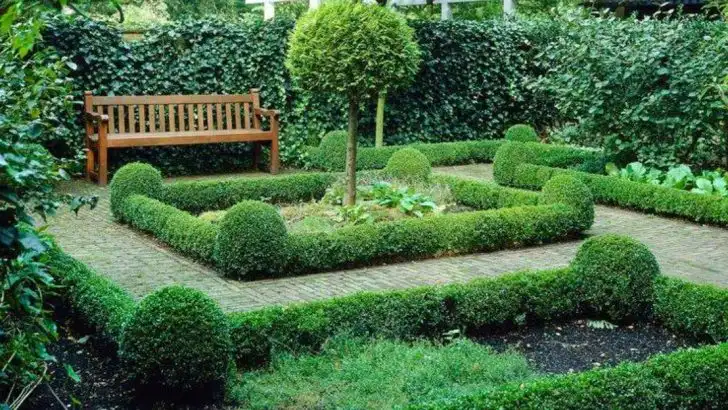Some trends need to die—and your yard might be screaming for a redo. That crushed red lava rock? Still clinging on like a bad ‘80s haircut. Plastic edging? Fading, cracking, begging for mercy. And don’t even get us started on the over-pruned shrubs shaped like cubes. Designers have spoken, and they’re not holding back. If your outdoor space is stuck in a decade it can’t escape, now’s the time to break free. We’re digging into six trends that once ruled the suburbs—but now just drain curb appeal and sanity. The good news? Swapping them out doesn’t mean going full garden guru. Just a few smart changes, and boom—your yard actually breathes again. Let’s clear out the cringe and bring in the bold.
Artificial Turf
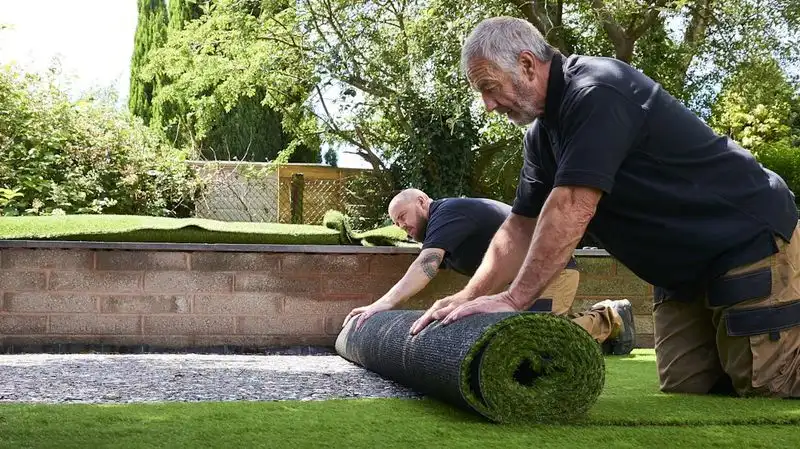
Once hailed as a low-maintenance solution, artificial turf is now seen as an environmental faux pas. Its sheen and texture rarely mimic the authenticity of real grass, creating a sterile appearance. Moreover, it contributes to the heat island effect, raising temperatures around homes.
Many homeowners are shifting towards native grasses and groundcovers that provide a more organic look while supporting local wildlife. The use of artificial turf can lead to long-term environmental costs, outweighing its initial convenience. Consider this outdated trend replaced by a return to nature’s genuine beauty.
Overgrown Lawn Ornaments

The charm of lawn ornaments can quickly turn into clutter when overused. A garden filled with an eclectic mix of sculptures, gnomes, and other decor items might feel whimsical but often just appears busy.
Designers now recommend simplicity and intentionality, curating only a few statement pieces that complement the garden’s overall theme. This approach enhances visual harmony, allowing plants to take center stage. By reducing ornamentation, you create a serene and inviting space that respects both nature and art.
Monoculture Planting
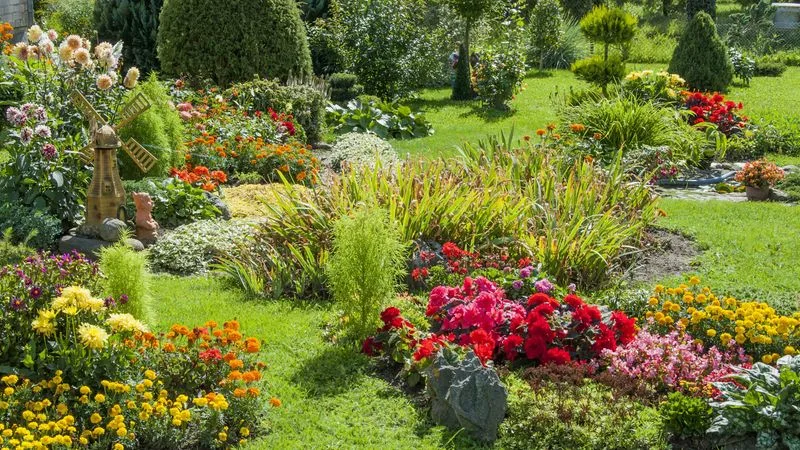
Monoculture planting, where a single species dominates, is falling out of favor. This trend not only limits visual interest but also poses ecological risks. A lack of plant diversity can lead to increased vulnerability to pests and diseases.
Today’s designers encourage diverse plantings that mimic natural ecosystems. By integrating various species, you create a more resilient and captivating landscape. This approach fosters biodiversity, offering shelter and nourishment to local wildlife while ensuring year-round beauty through changing seasons.
Formal Hedges and Borders
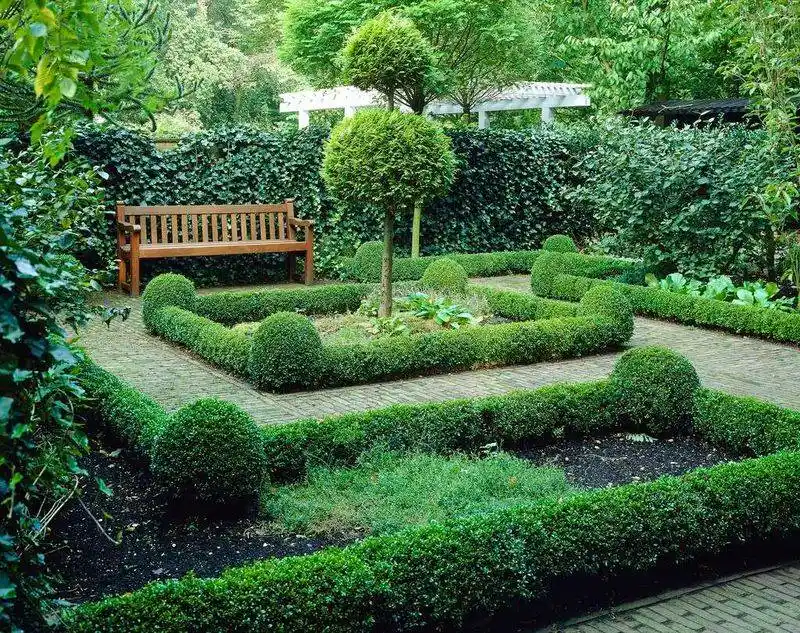
Formal hedges and borders, once symbols of order and elegance, now feel restrictive and high-maintenance. These manicured lines demand constant attention, detracting from a garden’s natural flow.
Embrace a more relaxed approach with informal plantings that blend seamlessly into the landscape. Looser borders provide a sense of freedom and adaptability, reflecting a contemporary preference for nature-inspired designs. This shift not only reduces upkeep but also invites a more welcoming and organic environment.
Gravel Lawns
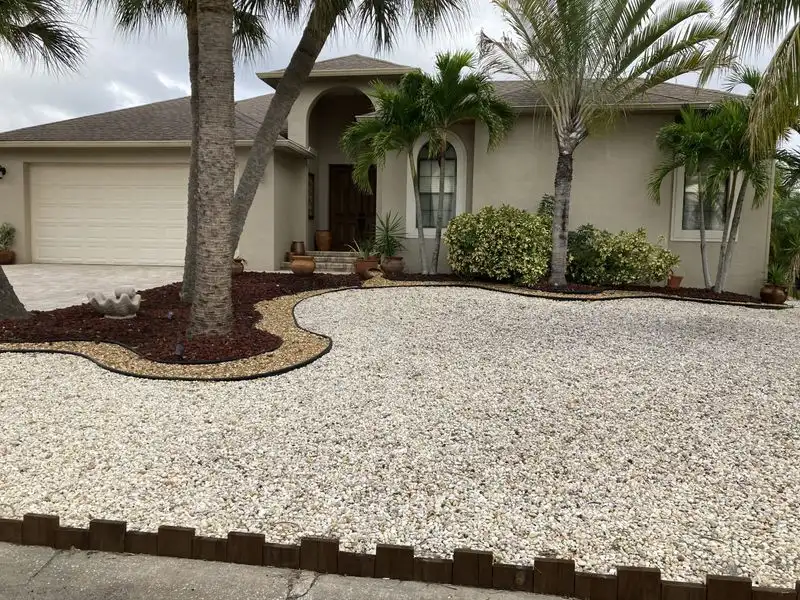
Gravel lawns were once a popular choice for water conservation but are now seen as barren and uninspiring. This minimalist approach often results in a stark, desolate look that lacks warmth and life.
Designers advocate for xeriscaping with drought-tolerant plants that offer texture, color, and vibrancy. By replacing gravel with resilient flora, you create dynamic landscapes that thrive in harmony with the climate. This method balances sustainability with aesthetics, transforming dry spaces into lively gardens.
Old-fashioned Water Features
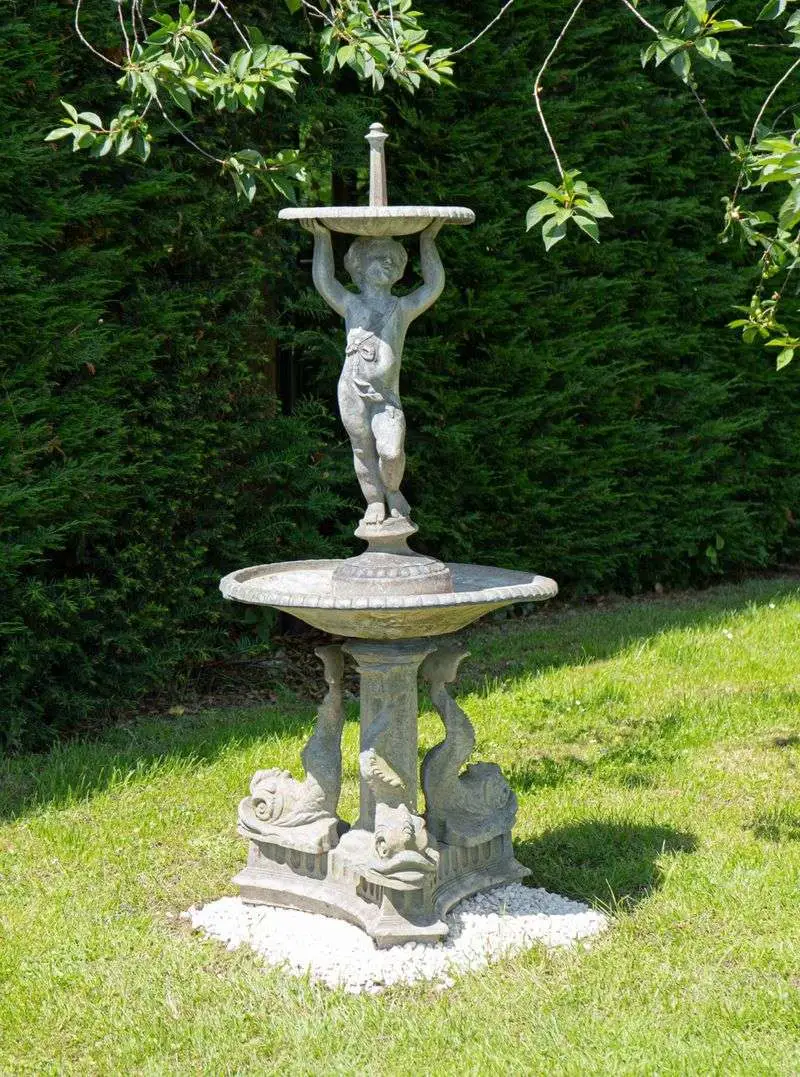
Traditional water features like grandiose fountains and overly ornate ponds have lost their appeal. These elements often feel excessive, requiring significant upkeep and water usage.
Modern designs favor simple, natural water features that blend with the environment. Think of gentle streams or rain gardens that enhance ecological balance. By opting for understated elegance, you create a tranquil ambiance that resonates with contemporary sensibilities, promoting sustainability and serenity in outdoor spaces.

